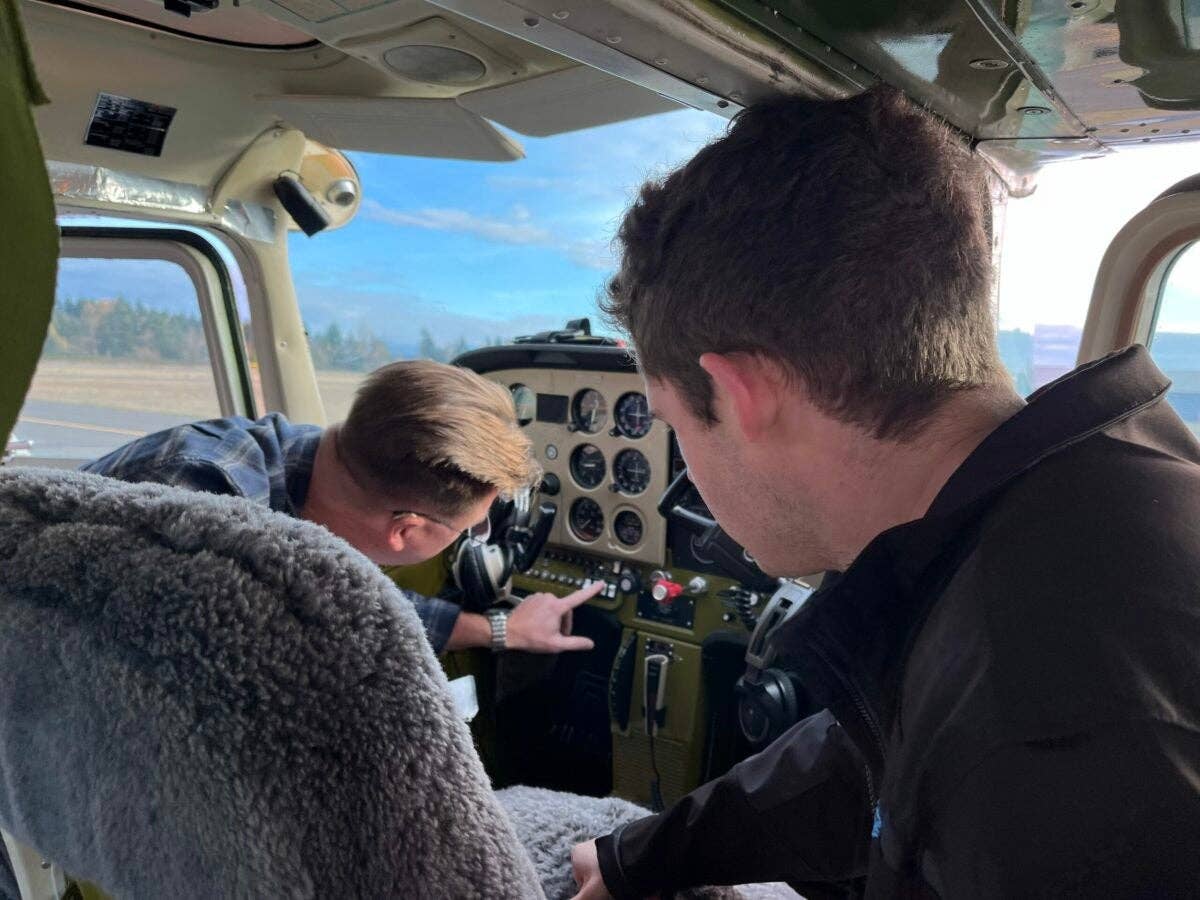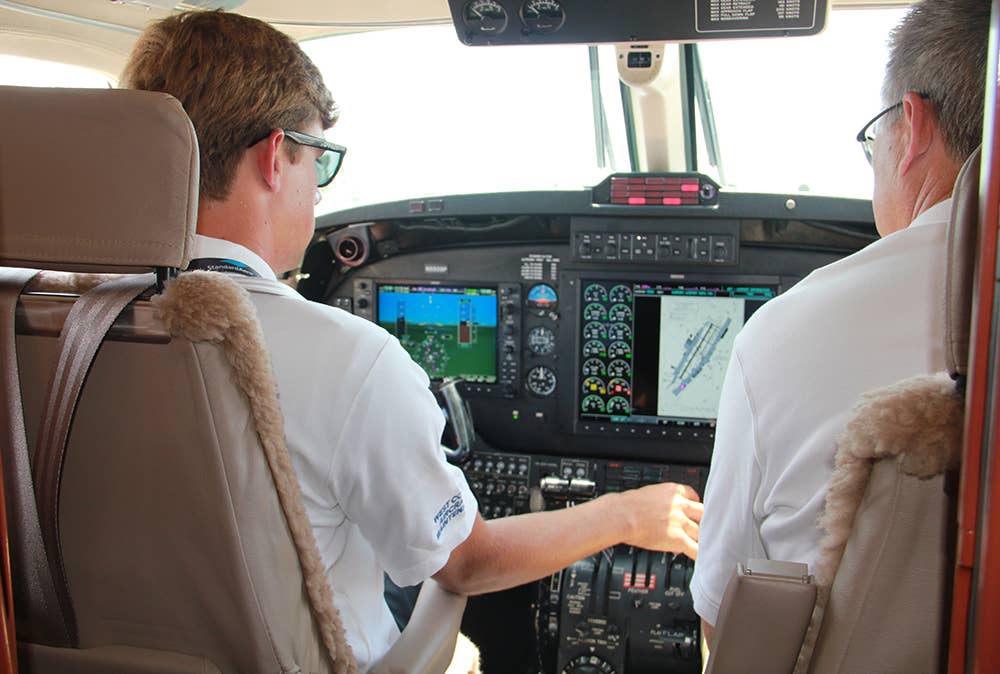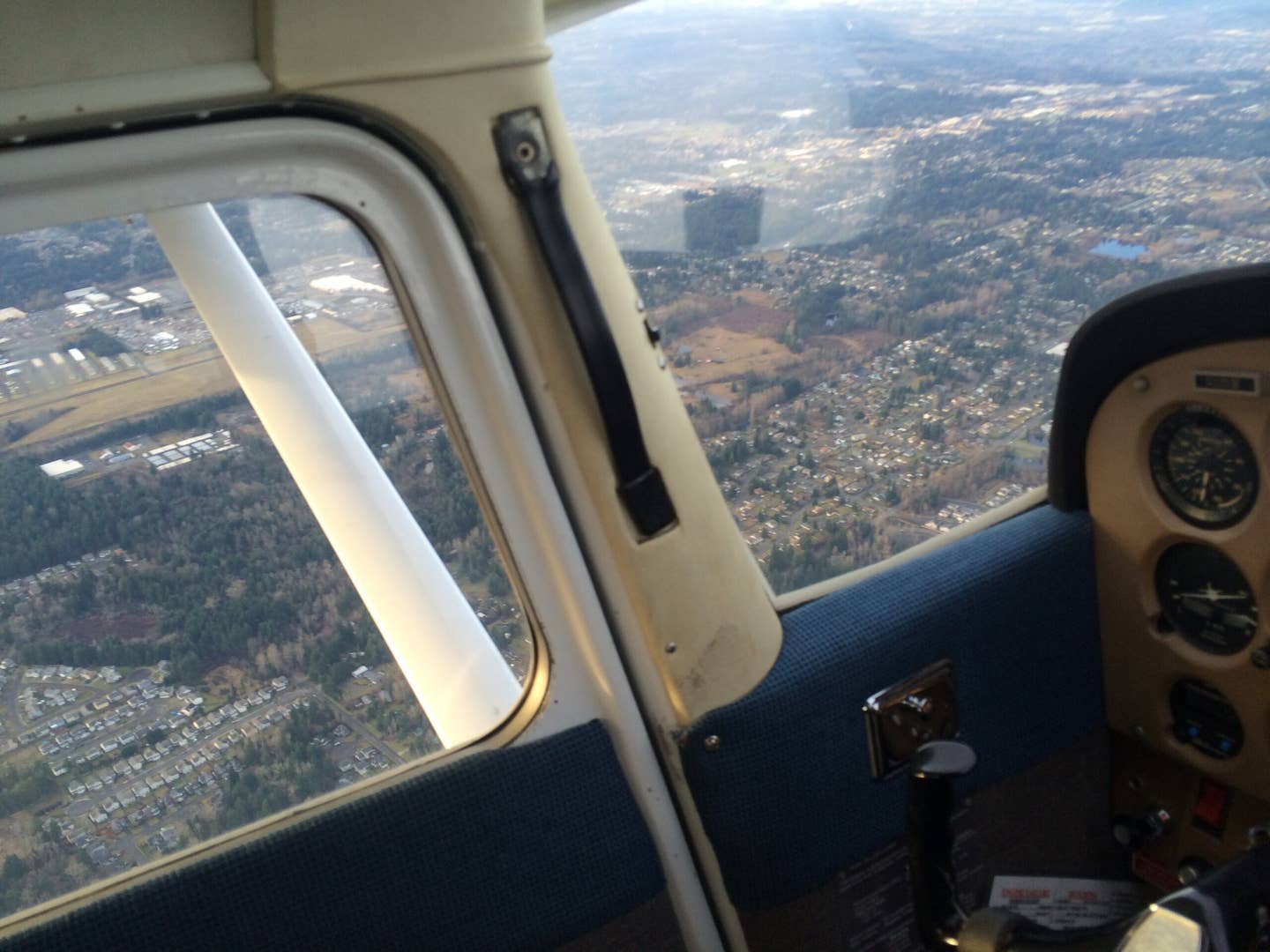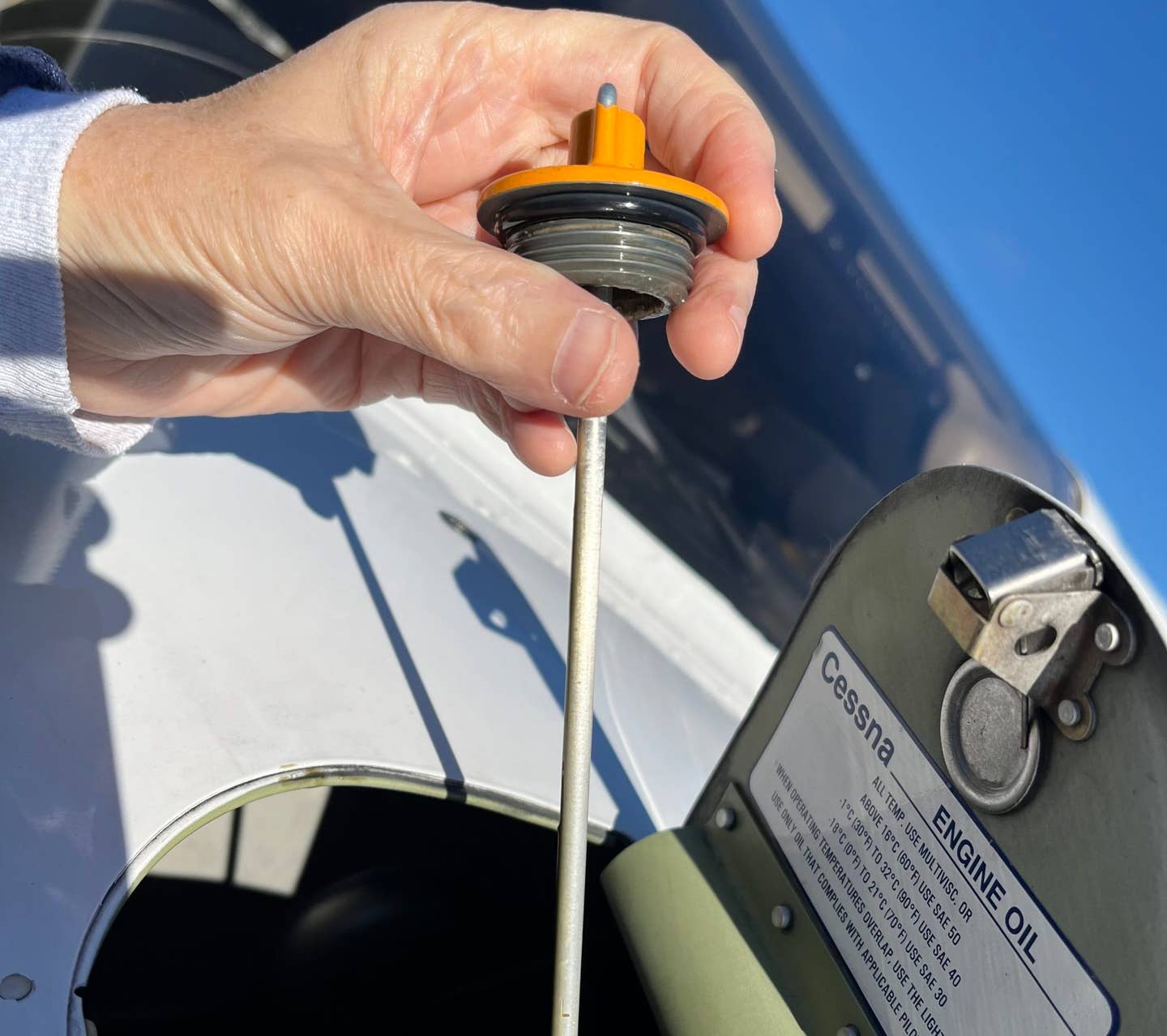When Flight Training Stalls
It can be a challenge for novice pilots to determine if progress is being made during training and when it is time to make a change.

Learning to fly and obtaining a pilot certificate usually takes a few months, with flying lessons two or three times a week. [Courtesy: Meg Godlewski]
Do you know someone who quit flight training because they didn't feel like they were making progress? Sadly, it happens quite a bit for a variety of reasons.
Although it is common for learners to imprint on their instructors, the fact of the matter is that the training connection is a business relationship. There needs to be communication about goals, how to achieve them, progress made, what has been accomplished, and what needs to be done.
When you are a novice pilot, it can be a challenge to determine if progress is being made. When it becomes clear that it isn’t, it is time to make a change.
Flying Once a Week—Or Less
To make progress you need to fly on a consistent basis. This can be a challenge given limitations on instructor availability, airplane availability, learner availability, or finances.
There is no way anyone can make progress when you fly just once a week or a few times a month. You need a minimum of two lessons per week, three would be better, for learning to take place.
If you don't have the money or time to fly at least twice a week, now may not be the time to pursue flight training. Save up the money and carve out the time to train.
Flight Lessons Longer Than Two Hours
Just as flying too little hampers learning, so does flying too much.
Flying is fatiguing both mentally and physically. The cognitive demands, noise, and vibration of the aircraft can wear you out. Learning will not take place if you are tired.
It is not uncommon for pre-solo novice pilots to book five-hour lessons in the aircraft thinking they can knock out huge chunks of training in one lesson. This usually doesn’t work due to the fatigue factor.
You will need to build up endurance in the cockpit just like you do when learning to play a sport. For flights out to the practice area and back, two hours of flight time might be on the ragged edge.
While the FBOs gladly take your money and the CFIs will rack up the hours, you probably won't get much out of it after about an hour in the air. Flying is too expensive to become self-loading ballast, so consider keeping the pre-solo flights to the practice area and in the pattern no longer than 1.3 hours. When your endurance increases, lengthen the lessons.
Too Early for Ground School?
It is never too early. Most of what you do in the airplane is best taught on the ground in a classroom than practiced in the air. The rules, regulations, and airspace are best taught on the ground as aircraft make terrible classrooms.
If the CFI doesn’t recommend ground school, insists you self-study, and/or doesn’t make time to review what you have learned, ask why they are reluctant. If you’re not sure about a concept or an aircraft system or how to use a piece of equipment like ForeFlight or the E6-B, and your CFI can’t show you, find someone else to work with.
The CFI Doesn't Use a Syllabus
A syllabus is the best way to keep a learner on track as it lists the tasks to be performed for certification and the order the tasks are to be learned.
Flight instructors train their clients as they were trained, and sadly many CFIs don't use a syllabus because the person who trained them didn't. "No one here uses one," is a tepid excuse and unprofessional.
Minimal Preflight and Post-Flight Briefings
"Did you check the weather?" and "See you next week," are not pre- and post-flight briefings.
The preflight briefing consists of what the planned lesson is, how it will be conducted, and completion standards. The post-flight briefing consists of how you performed on the flight, ways to improve if required, and what will be done on the next flight.
Reluctance to Teach Basic Navigation
If your CFI is all about GPS, and says that no one uses the VORs, magnetic compass, pilotage or ded reckoning anymore, know that this is not accurate.
The basic method of navigation is using outside visual references. You also need to be able to determine time, speed and distance calculations using the E6-B—either analog or electronic—rather than relying on an app to do the work.
For your check ride, you will need to know how to perform a divert in midair, and it is likely the examiner will disable the electronic devices to test your skills.
Reluctance to Use Paper Charts
While the electronic flight bag is a marvelous tool and reduces cockpit clutter, it can overheat, run out of power, or disappear from your flight bag or airplane.
Learn to use paper as backup. Also, you may find it more expedient to use paper for certain operations, such as looking up an airport tower frequency.
Instead of tapping on multiple tabs, a quick glance at paper gives you the information you seek.
No Introduction to the FAR/AIM
The Federal Aviation Regulations/Aeronautical Information Manual (FAR/AIM) spells out the knowledge and experience required for every certificate and rating. Your CFI should tell you about this book on day one of your training and demonstrate how to use it.
The FAR/AIM is a tool to be used to "trust but verify." There are far too many learners going on flights that are more for the benefit of the CFI building their hours.
How many times have you heard about a low-time, pre-solo private pilot candidate doing an IFR flight or night cross counties at the insistence of their instructor?
Remember this is your training, and it’s supposed to benefit you. If you ever feel like that has not happened, you are well within your rights to make a change.

Sign-up for newsletters & special offers!
Get the latest FLYING stories & special offers delivered directly to your inbox






